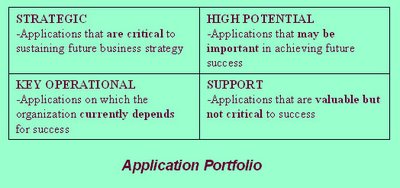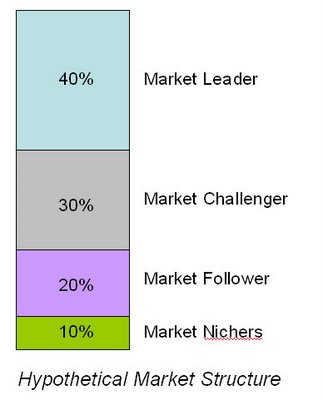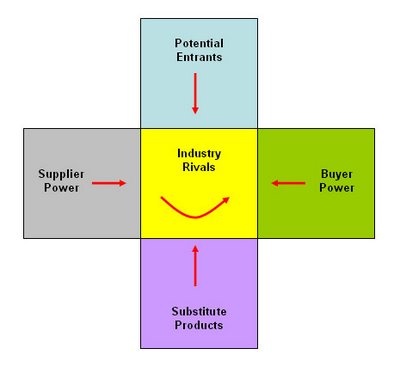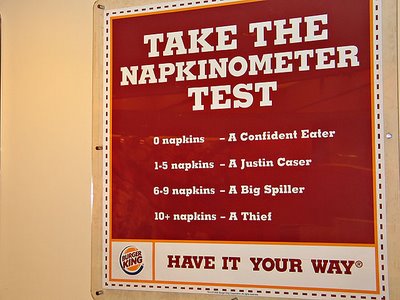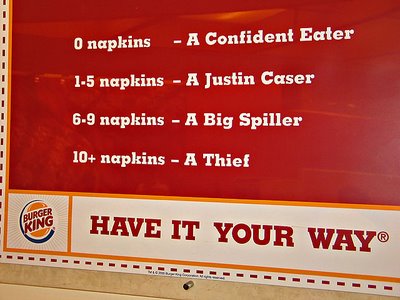Lee Kuan Yew, former Prime Minister of Singapore, was a proponent of Confucianism. He attributed the success of The Four Tigers – Singapore, Hong Kong, Taiwan and South Korea – to this ancient philosophy expounded by Confucius (Kung Fuzi).
The Four Tigers, as we know, were most enviable in 1980s and early 1990s. In 1997, however, they were hit hard by Asian economic crisis. Until today, Singapore still has not fully recovered. Singaporean journalist Seah Chiang Nee summed up the problems faced by the island republic well: In the new millennium, we compete on ideas rather than on hard work. Singaporeans, brought up in a nanny state, just aren’t creative enough to produce ideas. Even if they do have ideas, they may be reluctant to speak out for fear of being ridiculed or even admonished.
Confucianism has contributed to the success of Singapore in the past, but it may become a burden in future!
Lee Kuan Yew is a Singaporean of Chinese origin. I am a Malaysian of Chinese origin. Unlike Lee, however, I am no fan of Confucius. While I like his call for filial piety, I also find many flaws in his teaching.
For example, Confucius dismissed rule of law. Instead, he advocated ‘Rule of People’. As a result of his teaching, Chinese have misplaced their trust on a long list of tyrants, such as The Great Helmsman. Rule of People is also an obstacle to democracy since average citizens don’t question their leaders.
Another weakness of Confucius’ philosophy is the emphasis of relationship, or “connections”. In modern day, this has led to nepotism or cronyism. Anyone who has started business in China would tell you that if you do not have connection, you can’t get the thing done. It is "know-who", rather than know-how, that matters.
If we look through her 5000 year-history, China was probably at her peak during the Tang Dynasty (618 – 907 AD). This was a period when Confucianism, Buddhism and Taoism formed the three pillars of the Chinese society. Second emperor of Tang Dynasty sent a Buddhist monk, Xuan Zhuang, to study scriptures in India. By Sung Dynasty (960 – 1279 AD) however, Confucianism became the main guiding philosophy of the court. Sung Dynasty also marked the beginning of the long decline of the Middle Kingdom, which lasted for a millennium. China did experience brief revival in the early years of Yuan Dynasty and Qing Dynasty, when the country was ruled by Mongolians and Manchurians respectively. In the later part of Qing Dynasty, even the Manchurian Court had embraced Chinese values. Enter the Brits, and the myth of China as the power of the Far East was completely shattered. Today China is again reviving, but this probably is because Confucian values had been seriously eroded during the Cultural Revolution.
China’s neighbor, Korea, is another Confucian society. Thanks to the nationalism instilled by Confucianism, South Koreans are the angriest people in the world. South Koreans demonstrators have been reported to burn themselves or chop off their own fingers to protest against Japan, the former colonizer, and the United States, which was “responsible” for the division of Korean Peninsula.
South Koreans are also reluctant to buy imported goods. Prior to 1997 Asian economic crisis, foreign auto makers only sold a few hundred cars each year in South Korea. GM purchased Korean car maker Daewoo when the latter was in trouble during the economic crisis in order to penetrate the market. The irony is, even Confucianism was imported.
In the past few years Korean dramas have been very popular in East Asia. Anyone who is familiar with Korean dramas will tell you that most of them are sad stories. One common theme is that a girl fell in love with a guy from rich family, but the guy’s parents wanted him to marry another woman of “equal status”. The story often ends with the girl (lead female character) died of terminal illness.
If Korean dramas reflect actual Korean society, one can immediately draw these conclusions:
(i) Korean society is hierarchical, and the wealthy people look down on their poor fellows.
(ii) Arranged marriage without the consent of the parties involved is still common.
(iii) Koreans cry a lot but seldom smile.
And surely Confucianism is to be blamed.
Lee Kuan Yew has been more visible recently. Some say he is trying to assist his son, current prime minister Lee Hsien Loong. The senior Lee recently declared “the Singapore that we had – very orderly, very wholesome, very clean – is not good enough.” While he is not ready to admit it, the elderly statesmen should have realized by now that Confucian values are no panacea for the island republic’s woes.












